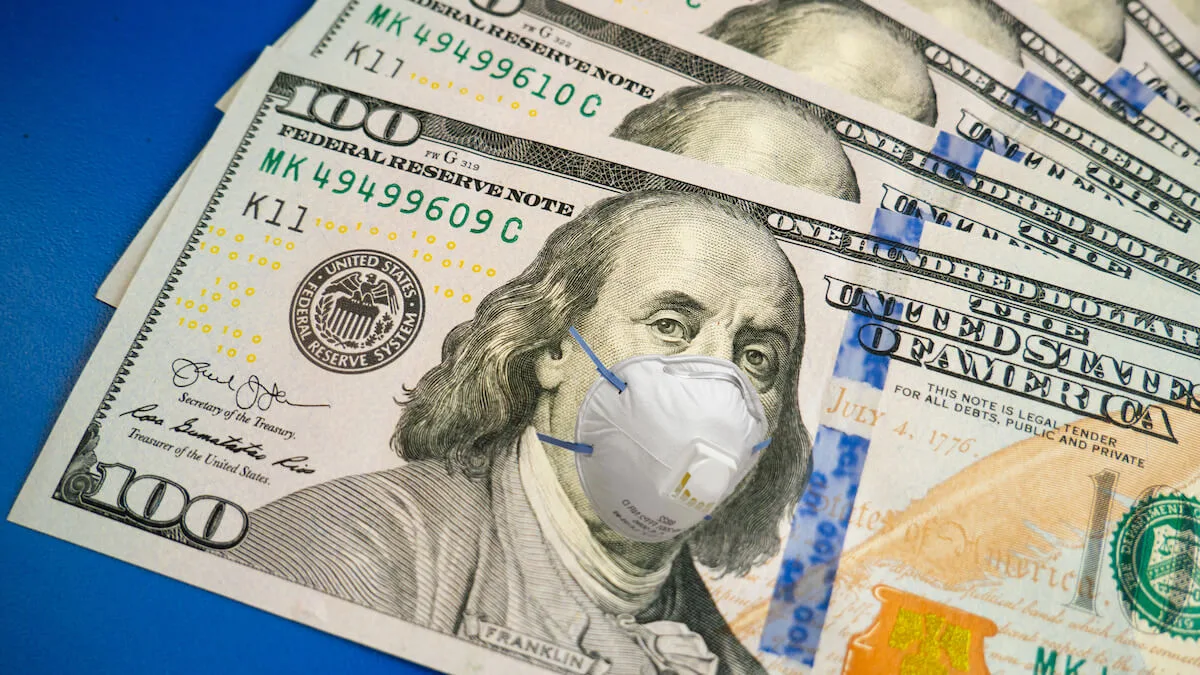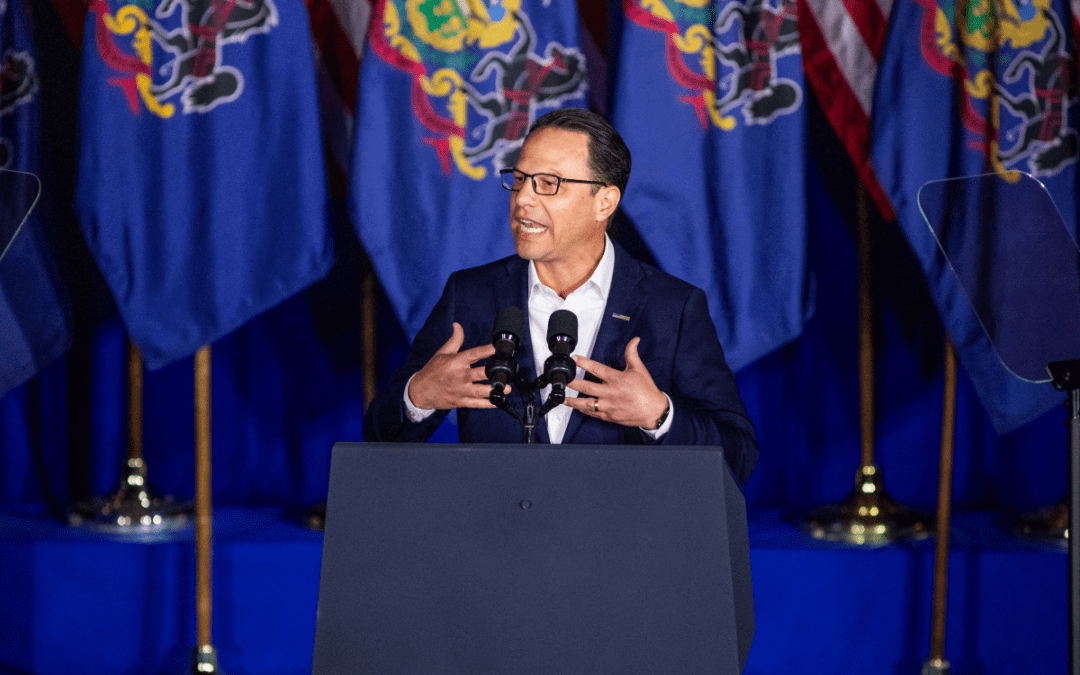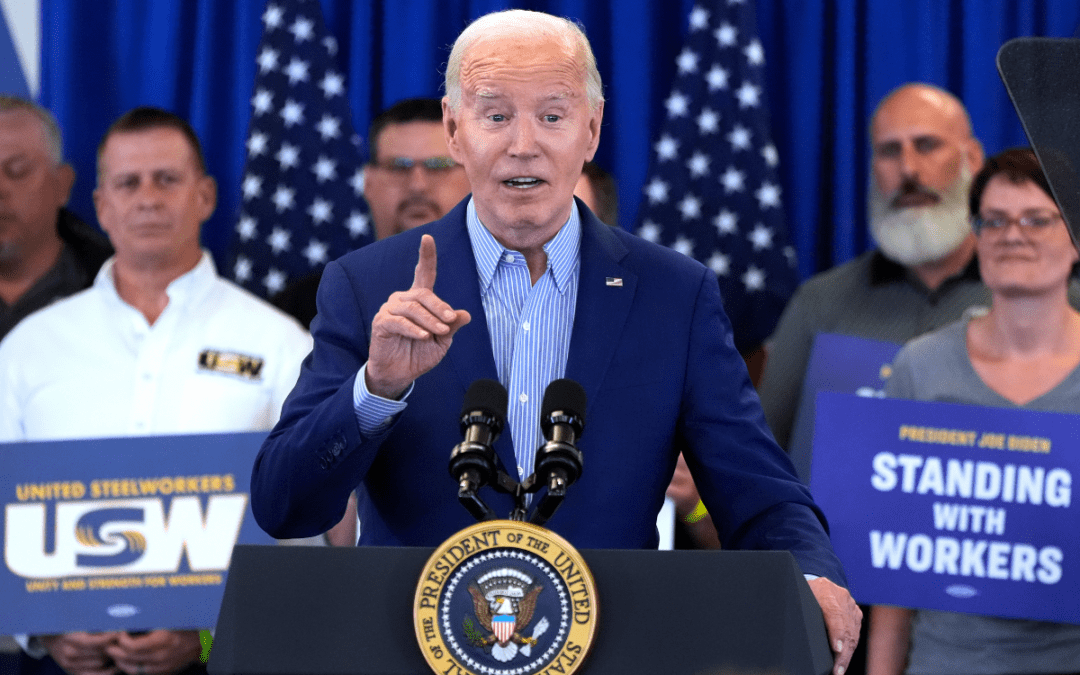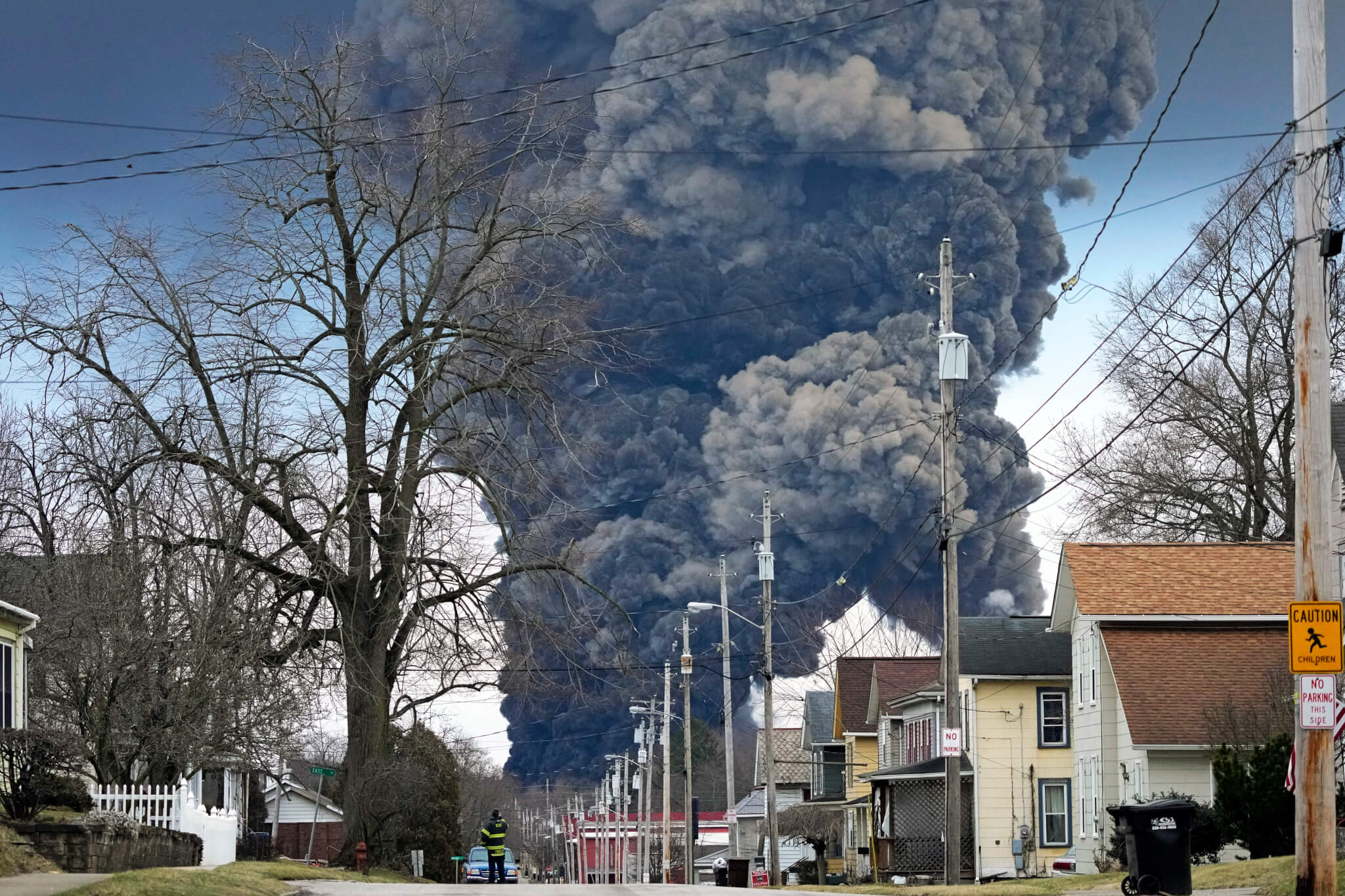
Image via Shutterstock
The president’s executive action does nothing for 30,000 Pennsylvanians who currently receive less than $100 a week in state unemployment benefits.
After Senate Republicans allowed the $600 additional weekly assistance from the Pandemic Unemployment Compensation benefit expire at the end of July, unemployed Pennsylvanians have been anxiously wondering how they’ll make ends meet.
With the state’s unemployment rate hovering just below 14%, the Federal Emergency Management Agency (FEMA) approved a new grant for Pennsylvania and several other states this week. The funds come from the Lost Wages Assistance Program, and will supplement Pennsylvanians’ weekly unemployment benefits by an additional $300.
Earlier this month, President Donald Trump signed an executive order to make this federal supplement available to Americans impacted by the economic crisis spurred by the coronavirus. The program has been criticized for being costly, but many states, facing a record number of jobless claims that have depleted their unemployment funds, find themselves unable to turn down the deal.
Gov. Tom Wolf and his administration have made it clear that they would prefer Congress extend the initial $600-a-week payments. “By failing to put out of work Americans first and extending the extra $600 per week federal benefit that ended in July, Congressional Republicans are forcing our hand to apply for these funds,” he said.
“There is still time for Congressional Republicans to pass a good and practical solution that simply extends the extra weekly benefit, and I urge them to act now. As I have said before and will continue to say, the extra $600 per week was the lifeline Pennsylvania families needed to get by. They deserve better.”
Congress is currently on a month-long vacation.
Here’s what you need to know about this new program.
Why did PA apply for this grant?
Covid-19 has hit Pennsylvania’s economy particularly hard. The state’s unemployment rate is 13.7%, 3.5 points higher than the national average of 10.2%. As of the end of July, over 880,000 Pennsylvanians were unemployed.
Where is the money coming from?
The president’s new plan is not an unemployment insurance program. Instead, it draws funds from FEMA Disaster Relief Fund (DRF). The DRF is the main source of financing for domestic disaster relief, such as for hurricanes or wildfires.
How much will it be?
Eligible Pennsylvania residents will receive an extra $300 payment per week from FEMA in addition to their regular unemployment compensation. This is half of the expanded $600 benefit Congress had implemented in March through the CARES Act.
Who’s eligible?
Not everyone who is receiving unemployment benefits is eligible for the new benefit. To qualify for the extra $300, you must receive a minimum of $100 per week in benefits from:
- Regular Unemployment Compensation (UC)
- Pandemic Emergency Unemployment Compensation (PEUC)
- Pandemic Unemployment Assistance (PUA)
- Extended Benefits (EB)
- Short-Time Compensation (STC) or Shared Work
- Trade Readjustment Allowance (TRA)
To be eligible, a person must self-certify that they are unemployed due to the pandemic or related reasons.
Who’s not eligible?
While the executive order offers some financial relief, it does nothing for 30,000 Pennsylvanians who currently receive less than $100 a week in state unemployment benefits. Currently Pennsylvania’s minimum guaranteed weekly unemployment benefit is $68.
What are the drawbacks of the new plan?
State officials worry that the plan is a short-term stopgap that will be hard to enact and leave many ineligible to receive an additional benefit.
Gov. Wolf has made his concerns about the new program clear: “The president’s convoluted, short-term program, which will likely only provide payments for five or six weeks, will pay those who are eligible only half as much as before and will make 30,000 Pennsylvanians ineligible to continue receiving an additional weekly benefit,” he said last week.
The program also shifts money away from FEMA’s $70 billion Disaster Relief Fund; the 2020 hurricane season is already breaking records, with Hurricane Laura pummeling Texas and Louisiana Thursday morning.
“FEMA funds have been used for Disaster Unemployment Assistance many times post-disaster,” Samantha Montano, an assistant professor of emergency management at Massachusetts Maritime Academy, told Grist. “However if all states and territories chose to utilize this program during COVID it would be at a scale never done before.”
How does a person apply to receive the extra income?
A person who is currently receiving unemployment benefits doesn’t need to do anything. The extra money will appear in weekly benefits as soon as the program is up and running. It will be retroactive to Aug. 1.
What challenges will the state face implementing this new system?
Because the extra aid comes from FEMA, not unemployment insurance, payments to eligible workers will likely be delayed while states, including Pennsylvania, create a new computer system to distribute the funds.
Labor and Industry Secretary Jerry Oleksiak has expressed serious concerns about this aspect of the new aid package.
During a press call last week, he said, “Hardworking Pennsylvanians need more than a temporary program that is forcing us to recreate the wheel.”
How long will this money last?
While the money is approved through December 27, 2020, no one knows how long this money will last. The grants for lost wages supplemental payments will be discontinued as soon as one of the following happens:
- FEMA spends $44 billion from the DRF
- The balance of the DRF decreases to $25 billion
The grant will also expire if Congress passes legislation to provide for supplemental federal unemployment compensation for the unemployed or partially employed.
Oleksiak warned the aid may run out quickly, lasting only five weeks or less. The Wolf administration has concerns that people with backdated claims won’t receive any payments once the federal disaster relief aid runs out.
How many states have signed onto this?
Not every state has applied for the new grant. As of press time, the following 32 states have signed on: Alabama, Alaska, Arizona, Arkansas, California, Colorado, Connecticut, Georgia, Idaho, Indiana, Iowa, Kentucky, Louisiana, Maine, Maryland, Massachusetts, Michigan, Mississippi, Missouri, Montana, New Hampshire, New Mexico, New York, North Carolina, Oklahoma, Pennsylvania, Rhode Island, Tennessee, Texas, Utah, Vermont, and Washington.
READ MORE: We Asked All 203 Members of the PA House Whether Congress Should Extend Your Unemployment
Politics

Shapiro aims to eliminate waiting list for services for intellectually disabled adults
HARRISBURG, Pa. (AP) — Gov. Josh Shapiro and his top human services official said Wednesday that the administration has a plan to end a waiting list...

Biden announces tariffs on Chinese Steel while visiting United Steelworkers members
“I'm president because of you guys. I really am and I'm proud. As was mentioned earlier, I'm proud to be the most pro-union president in American...

Opinion: Is Reproductive Healthcare just a women’s issue?
In this op-ed, Pennsylvania resident Lynn Strauss discusses the Republican Party’s conflicting stance on reproductive healthcare policy and the...
Local News

Conjoined twins from Berks County die at age 62
Conjoined twins Lori and George Schappell, who pursued separate careers, interests and relationships during lives that defied medical expectations,...

Railroad agrees to $600 million settlement for fiery Ohio derailment, residents fear it’s not enough
Norfolk Southern has agreed to pay $600 million in a class-action lawsuit settlement for a fiery train derailment in February 2023 in eastern Ohio,...





